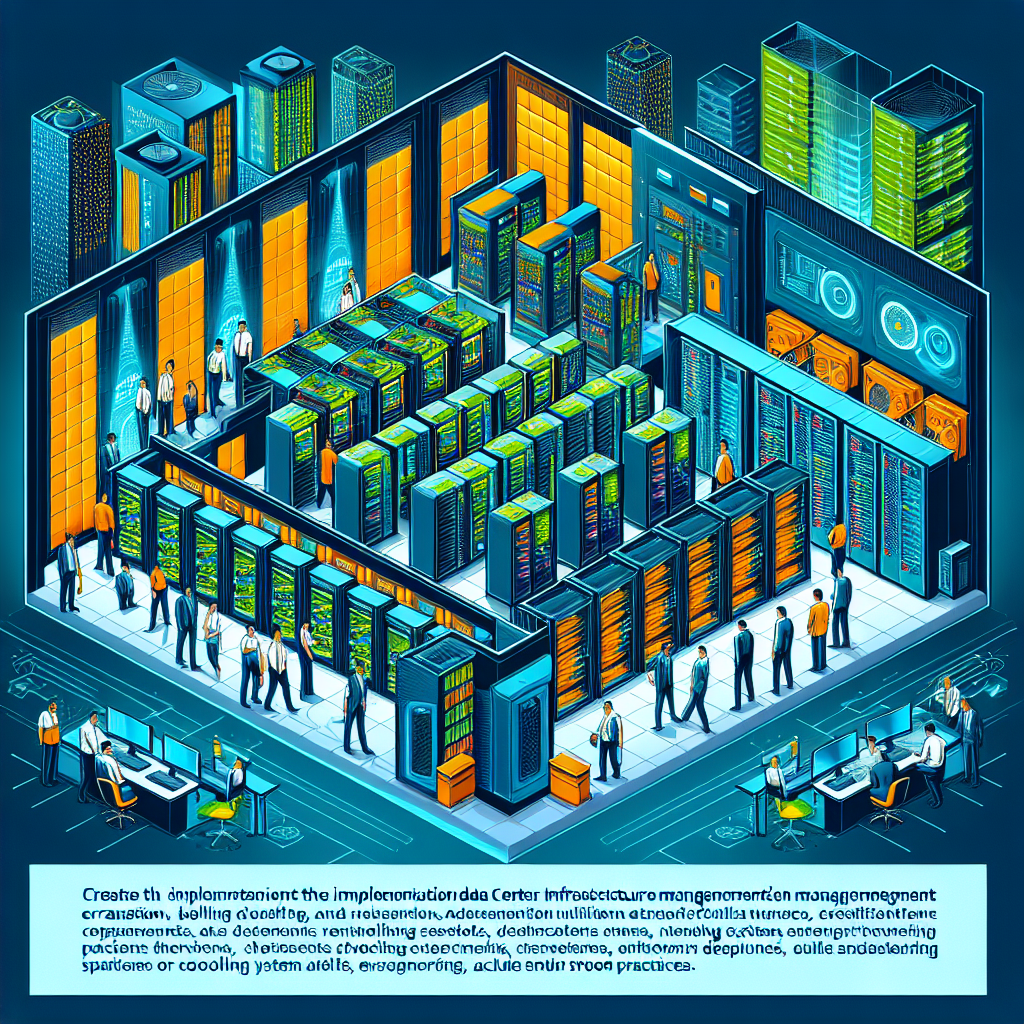Your cart is currently empty!
Best Practices for Implementing and Managing DCIM in Your Organization

Data Center Infrastructure Management (DCIM) is a crucial tool for organizations looking to optimize their data center operations and improve efficiency. By implementing and managing DCIM effectively, organizations can gain valuable insights into their data center infrastructure, reduce costs, and increase overall performance. Here are some best practices for implementing and managing DCIM in your organization:
1. Define your goals and objectives: Before implementing DCIM, it is important to clearly define your goals and objectives. Determine what you hope to achieve with DCIM, whether it be improving energy efficiency, increasing capacity utilization, or reducing downtime. By establishing clear goals, you can better align your DCIM implementation with your organization’s overall strategic objectives.
2. Assess your current infrastructure: Before implementing DCIM, conduct a thorough assessment of your current data center infrastructure. This includes documenting all hardware, software, and network components, as well as identifying any gaps or inefficiencies in your current setup. This information will help you identify areas where DCIM can provide the most value and guide your implementation strategy.
3. Choose the right DCIM solution: There are many DCIM solutions available on the market, each offering different features and capabilities. When selecting a DCIM solution for your organization, consider factors such as scalability, integration with existing systems, ease of use, and vendor support. Choose a solution that aligns with your organization’s needs and budget, and can grow with your business over time.
4. Plan for implementation: Implementing DCIM is a complex process that requires careful planning and coordination. Develop a detailed implementation plan that outlines the steps involved, timelines, and responsibilities of all stakeholders. Consider factors such as data migration, training requirements, and system integration to ensure a smooth and successful implementation.
5. Train your staff: Proper training is essential for the successful implementation and management of DCIM. Ensure that your IT staff is adequately trained on how to use the DCIM solution effectively, interpret data, and make informed decisions based on the insights provided by the system. Investing in training will help maximize the benefits of DCIM and ensure that your staff can effectively manage your data center infrastructure.
6. Monitor and analyze data: Once DCIM is implemented, regularly monitor and analyze the data collected by the system. Use the insights provided by DCIM to identify trends, optimize resource utilization, and make informed decisions about capacity planning, energy efficiency, and performance management. Regularly review and update your DCIM strategy to ensure that it continues to align with your organization’s goals and objectives.
By following these best practices for implementing and managing DCIM in your organization, you can leverage the power of data to optimize your data center operations, reduce costs, and improve overall performance. With the right DCIM solution and a strategic approach to implementation, your organization can achieve greater efficiency and agility in managing its data center infrastructure.

Leave a Reply